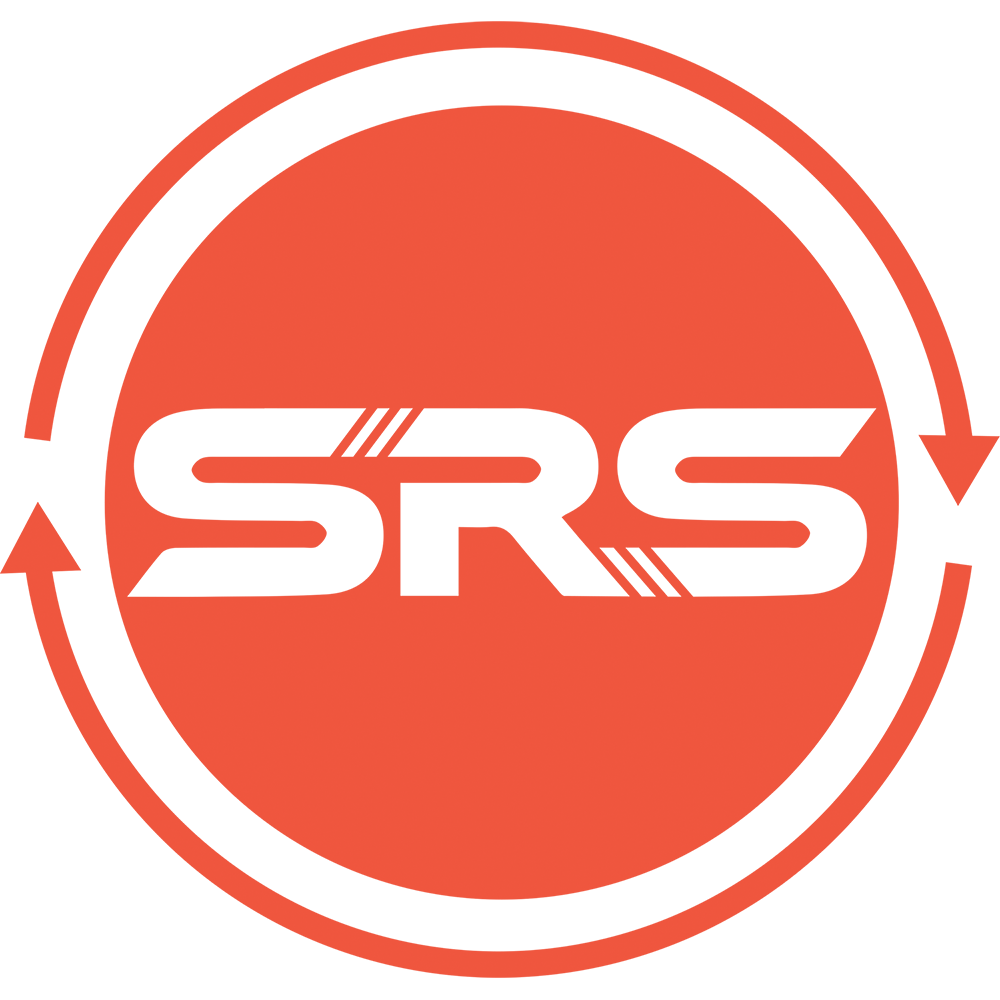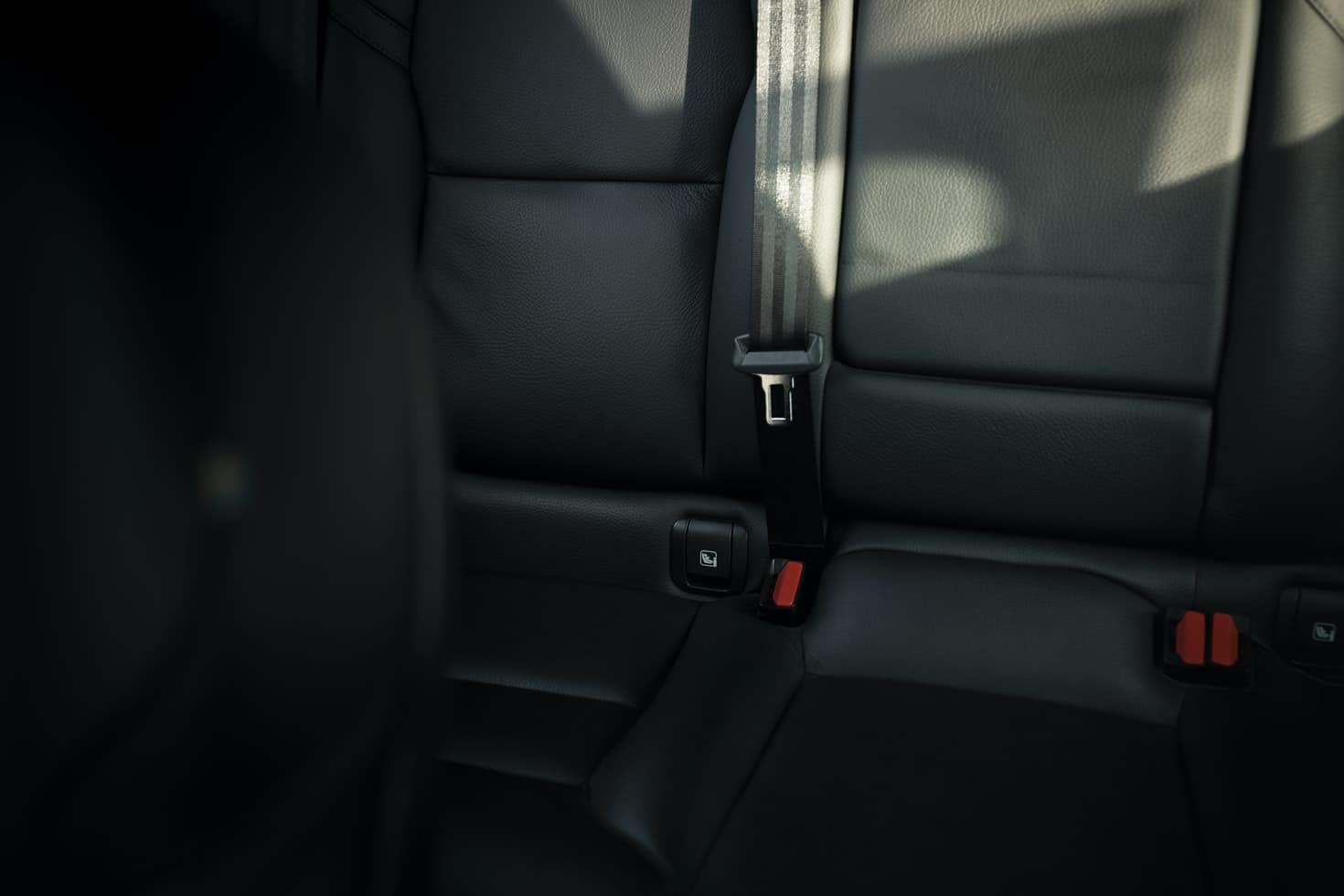No person ever wants to get involved in a car accident. Physical injuries aside, it may result in traumas that may trigger endless nights of nightmares and bad memories. For the most part, survivors of car accidents can tell how their safety measures were able to abate further disasters. This is because cars are readily designed with seat belts and airbags to ensure that the passengers will never suffer anything else other than a few bruises and possible broken bones.
You may even be a survivor yourself, having a recollection of the accident at the back of your mind. This works as a precautionary tale of the dos and don’ts when out on the road. You may even be enthusiastic enough to mention some valuable safety advice like putting on your seat belts for extra measure. However, the truth is that even these safety measures may have their disadvantages.
While its aim has always been to protect the driver and the passenger upfront, there is also a tendency for them to be injured by their own seat belts. It may sound contradictory, but that is an actual fact. If you want to know what they are and how to avoid them, look no further than the following examples we have listed below.
1. Place the Shoulder Belt across the Center of Your Chest
When using your seat belt, you may notice that there are two main straps covering certain parts of your body. One is placed across your lap, and the other is placed across your chest. The sash covering your chest must be set directly between your shoulder and your hip. The central point should be placed on your chest because it can tend to slip towards your neck once your car braces for impact.
Not only is it dangerous for your neck, but it may displace your body because of the sudden momentum; thus, you will not be safe from the shattered windshields unless your airbags pop up. Placing the shoulder belt properly will avoid both neck and facial injuries.
2. Place the Lap Belt across Your Hips and underneath Your Stomach
Similar to the first pointer, this will stop your forward momentum in the offset of a car crash. The risk of getting broken ribs during this incident is high; that is why the belt is firmly placed on your lap so that you will not veer stomach-first into the dashboard. This will also protect your head from bashing through the shards of glass.
While the airbag may be designed to prevent all of these from happening, it can only do so much in stopping your high-speed momentum.
3. Check and Maintain Your Seat Belts Regularly
Make sure that they are not too loose or too tight. They should just be fit enough so that you will not feel too uncomfortable while driving. Of course, it is always better to have precautionary measures on your travels in order to survive a sudden crash, but just because they are necessary doesn’t mean that they should limit your convenience during your trips.
A well-maintained seat belt will always be your best friend when on the road.
Conclusion
Seat Belts are designed to protect us from major injuries during an accident. While they are usually proven and tested to do their part in maintaining our safety, there are times when a lack of maintenance and improper use may also deem them risky during our travels.
Knowing the proper placements of the belts before starting the car and checking on their conditions from time to time may very much prevent any additional injury that may occur out of nowhere. Take note of our tips, and you can drive peacefully, knowing that you will be able to get home safe to your family.
If you are looking for a company that offers seat belt repairs and maintenance, look no further than our expertise here at SRS Restore. We are an experienced repair company specializing in repairing and rebuilding seat belts locked after an accident. Contact us today and let us work on your broken seat belt in no time!

